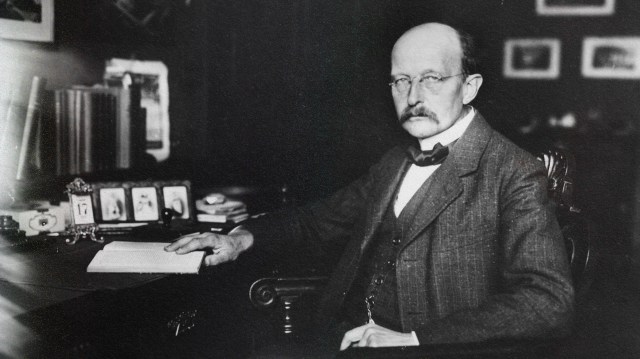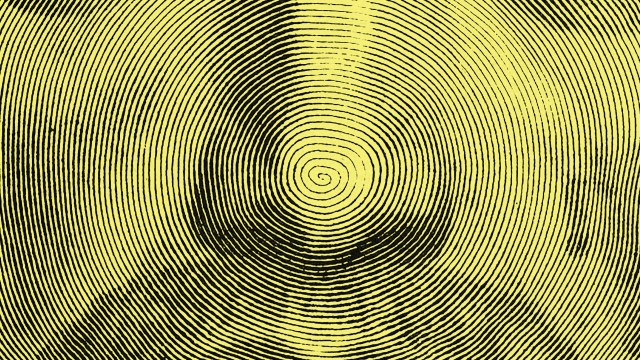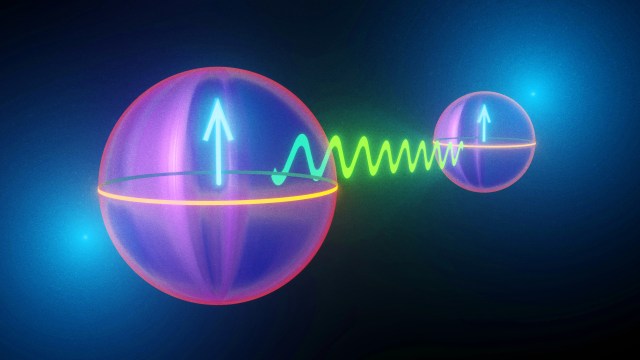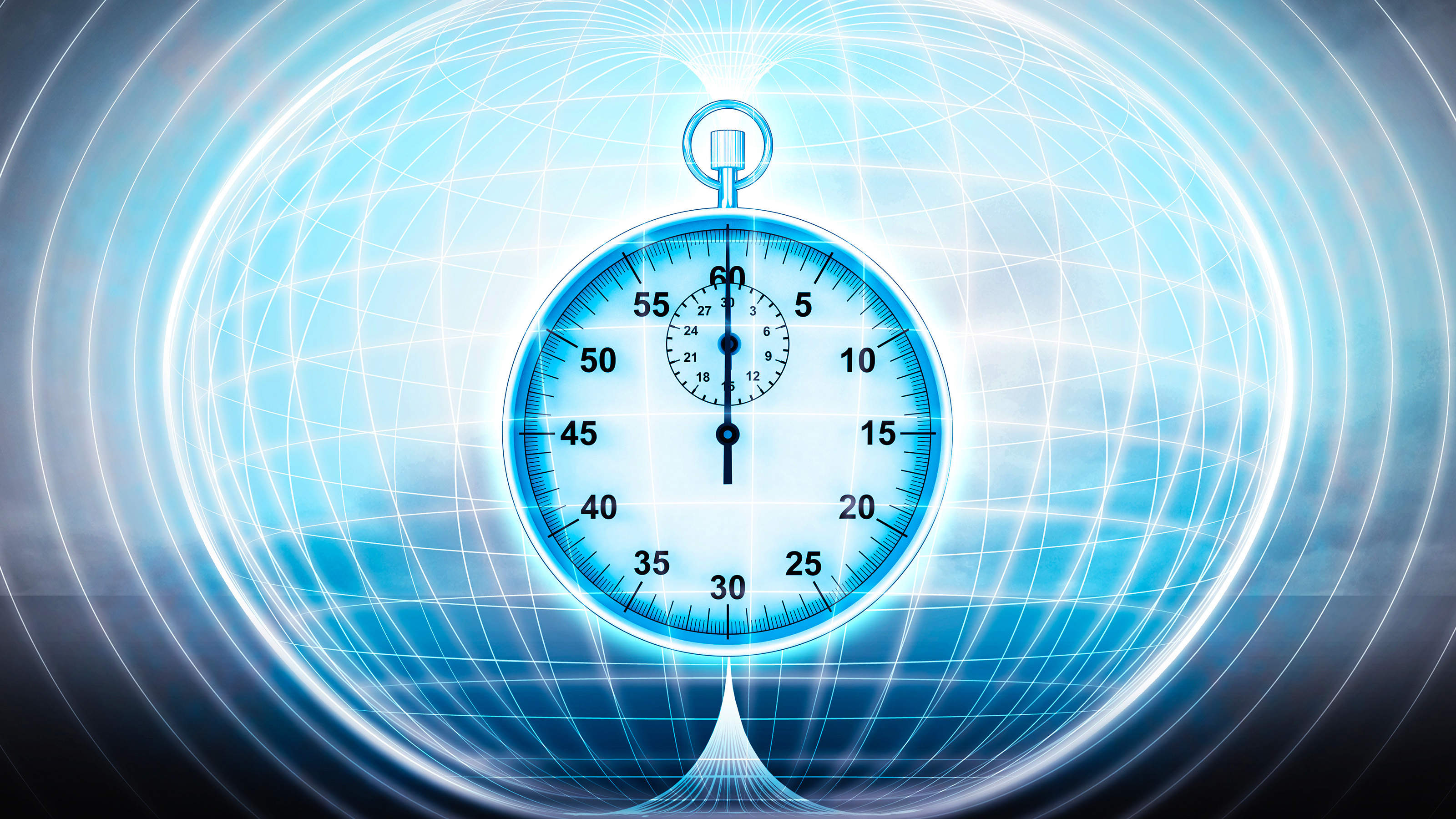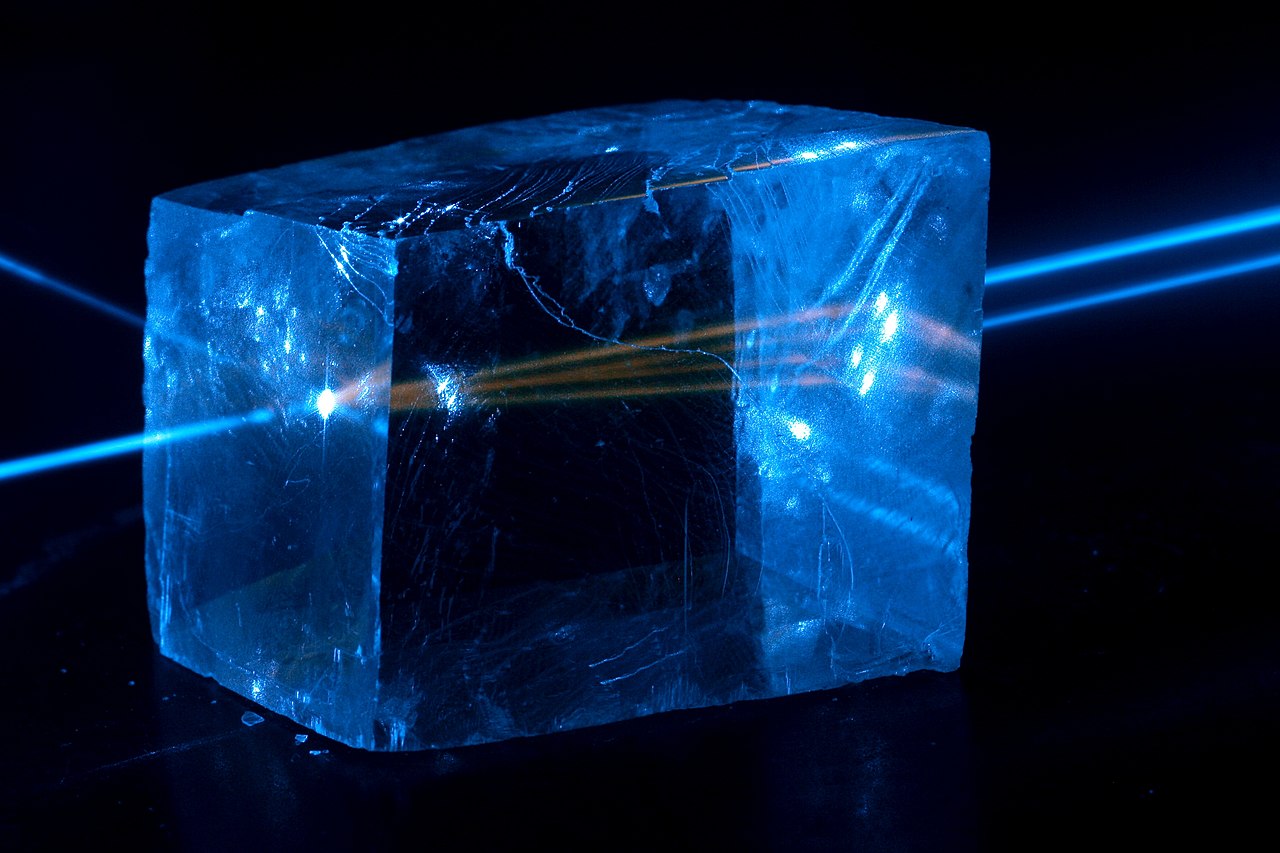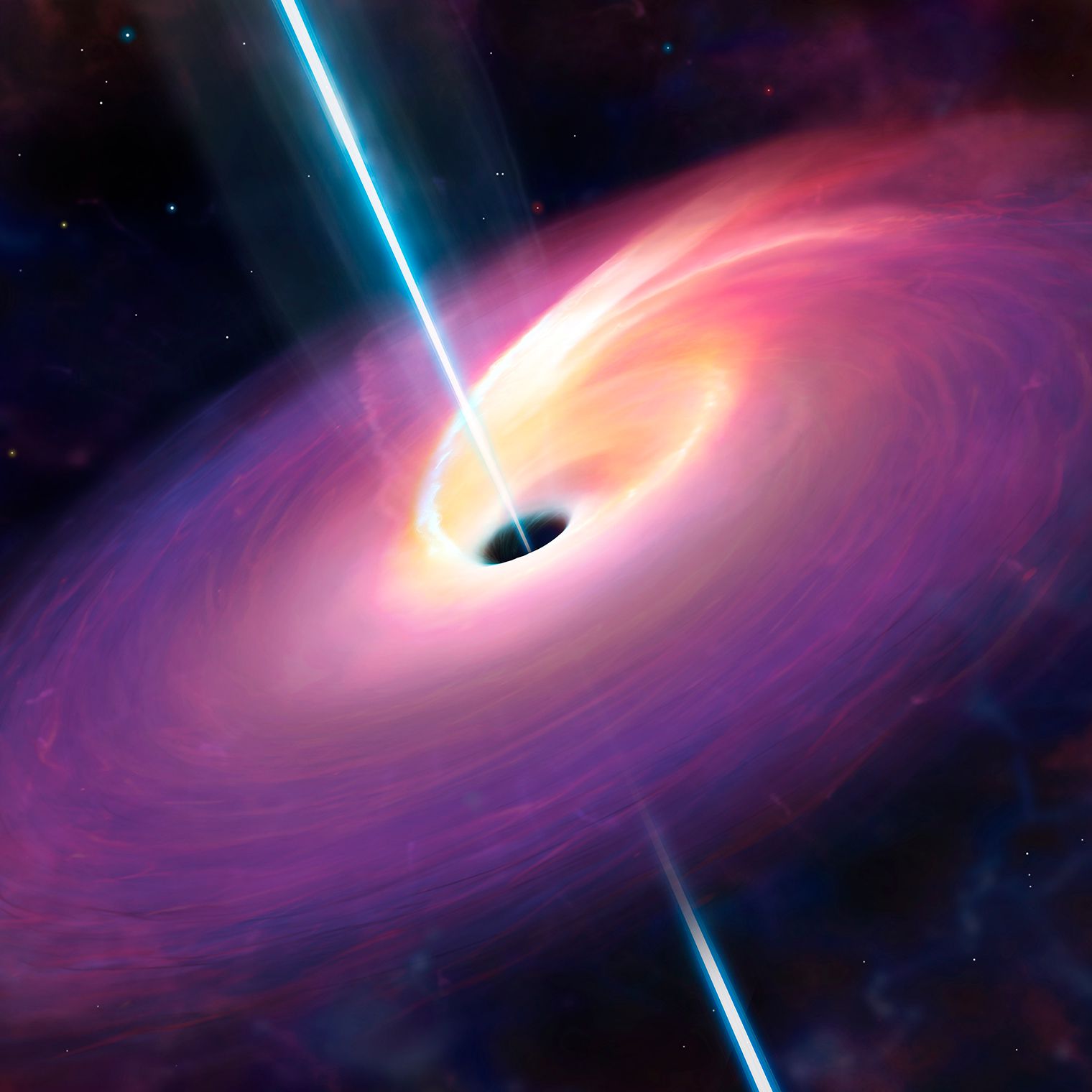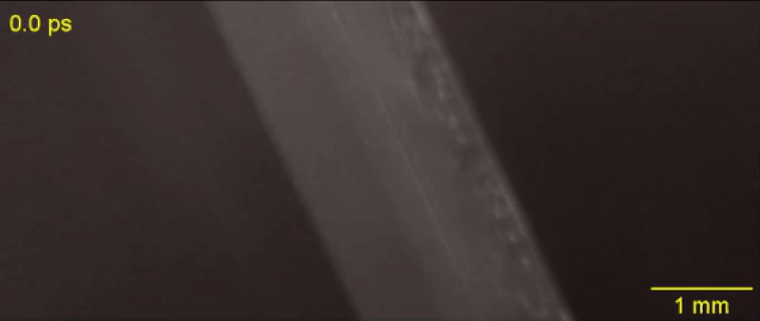The paradox of light goes beyond wave-particle duality
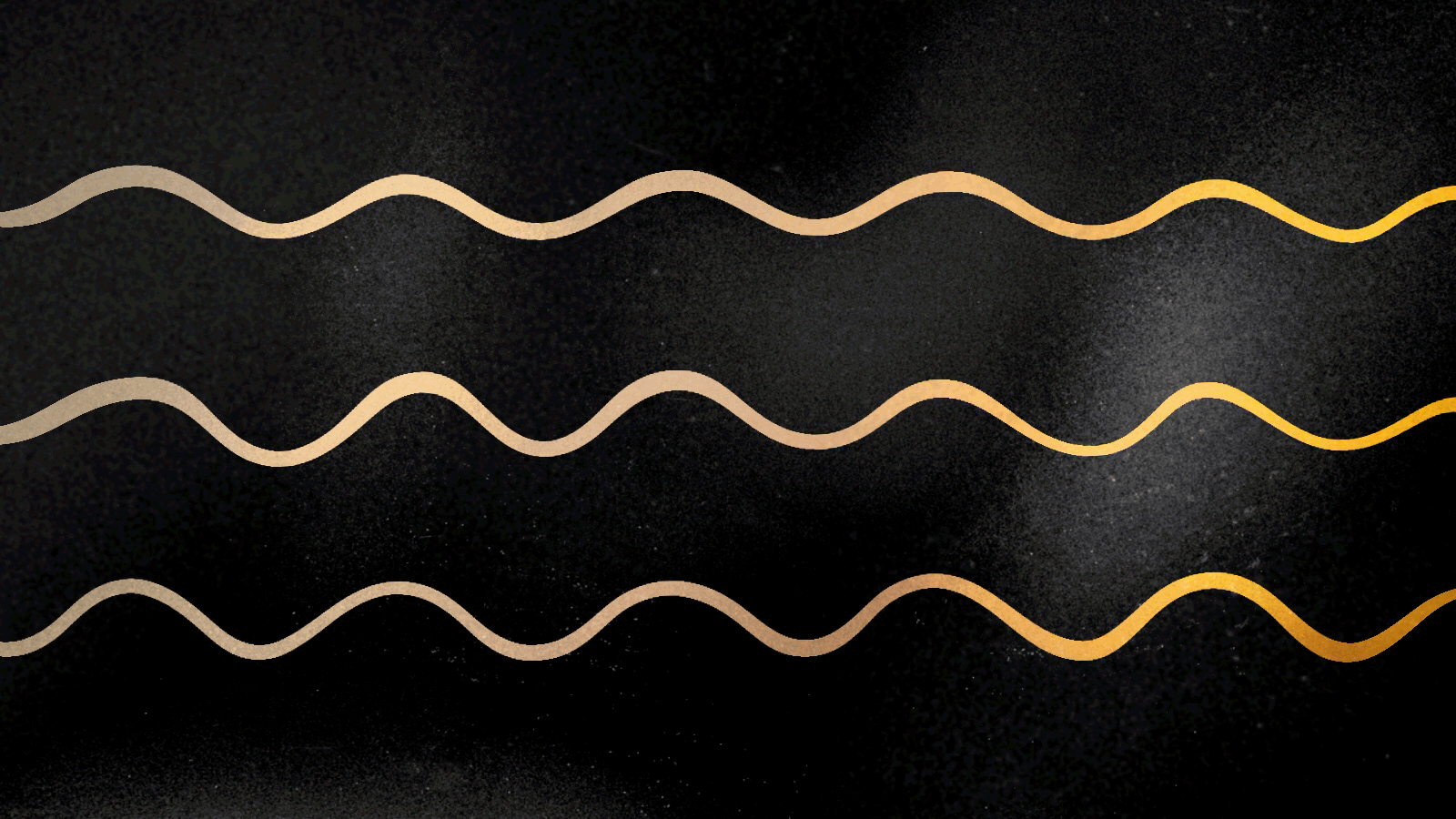
- Light is the most mysterious of all things we know exist.
- Light is not matter; it is both wave and particle — and it’s the fastest thing in the Universe.
- We are only beginning to understand light’s secrets.
Light is a paradox. It is associated with wisdom and knowledge, with the divine. The Enlightenment proposed the light of reason as the guiding path toward truth. We evolved to identify visual patterns with great accuracy — to distinguish the foliage from the tiger, or shadows from an enemy warrior. Many cultures identify the sun as a god-like entity, provider of light and warmth. Without sunlight, after all, we would not be here.
Yet the nature of light is a mystery. Sure, we have learned a tremendous amount about light and its properties. Quantum physics has been essential along this path, changing the way we describe light. But light is weird. We cannot touch it the way we touch air or water. It is a thing that is not a thing, or at least it is not made of the stuff we associate with things.
If we traveled back to the 17th century, we could follow Isaac Newton’s disagreements with Christiaan Huygens on the nature of light. Newton would claim that light is made of tiny, indivisible atoms, while Huygens would counter that light is a wave that propagates on a medium that pervades all of space: the ether. They were both right, and they were both wrong. If light is made of particles, what particles are these? And if it is a wave propagating across space, what’s this weird ether?
Light magic
We now know that we can think of light in both ways — as a particle, and as a wave. But during the 19th century the particle theory of light was mostly forgotten, because the wave theory was so successful, and something could not be two things. In the early 1800s Thomas Young, who also helped decipher the Rosetta Stone, performed beautiful experiments showing how light diffracted as it passed through small slits, just like water waves were known to do. Light would move through the slit and the waves would interfere with one another, creating bright and dark fringes. Atoms couldn’t do that.
But then, what was the ether? All great physicists of the 19th century, including James Clerk Maxwell, who developed the beautiful theory of electromagnetism, believed the ether was there, even if it eluded us. After all, no decent wave could propagate in empty space. But this ether was quite bizarre. It was perfectly transparent, so we could see faraway stars. It had no mass, so it wouldn’t create friction and interfere with planetary orbits. Yet it was very rigid, to allow for the propagation of the ultra-fast light waves. Pretty magical, right? Maxwell had shown that if an electric charge oscillated up and down, it would generate an electromagnetic wave. This was the electric and magnetic fields tied up together, one bootstrapping the other as they traveled through space. And more amazingly, this electromagnetic wave would propagate at the speed of light, 186,282 miles per second. You blink your eyes and light goes seven and a half times around the Earth.
Maxwell concluded that light is an electromagnetic wave. The distance between two consecutive crests is a wavelength. Red light has a longer wavelength than violet light. But the speed of any color in empty space is always the same. Why is it about 186,000 miles per second? No one knows. The speed of light is one of the constants of nature, numbers we measure that describe how things behave.
Steady as a wave, hard as a bullet
A crisis started in 1887 when Albert Michelson and Edward Morley performed an experiment to demonstrate the existence of the ether. They couldn’t prove a thing. Their experiment failed to show that light propagated in an ether. It was chaos. Theoretical physicists came up with weird ideas, saying the experiment failed because the apparatus shrunk in the direction of the motion. Anything was better than accepting that light actually can travel in empty space.
And then came Albert Einstein. In 1905, the 26-year-old patent officer wrote two papers that completely changed the way we picture light and all of reality. (Not too shabby.) Let’s start with the second paper, on the special theory of relativity.
Einstein showed that if one takes the speed of light to be the fastest speed in nature, and assumes that this speed is always the same even if the light source is moving, then two observers moving with respect to each other at a constant speed and making an observation need to correct for their distance and time measurements when comparing their results. So, if one is in a moving train while the other is standing at a station, the time intervals of the measurements they make of the same phenomenon will be different. Einstein provided a way for the two to compare their results in a way that allows these to agree with each other. The corrections showed that light could and should propagate in empty space. It had no need for an ether.
Einstein’s other paper explained the so-called photoelectric effect, which was measured in the lab in the 19th century but remained a total mystery. What happens if light is shined onto a metal plate? It depends on the light. Not on how bright it is, but on its color — or more appropriately stated, its wavelength. Yellow or red light does nothing. But shine a blue or violet light on the plate, and the plate actually acquires an electrical charge. (Hence the term photoelectric.) How could light electrify a piece of metal? Maxwell’s wave theory of light, so good at so many things, could not explain this.
The young Einstein, bold and visionary, put forth an outrageous idea. Light can be a wave, sure. But it can also be made of particles. Depending on the circumstance, or on the type of experiment, one or the other description prevails. For the photoelectric effect, we could picture little “bullets” of light hitting the electrons on the metal plate and kicking them out like billiard balls flying off a table. Having lost electrons, the metal now holds a surplus positive charge. It’s that simple. Einstein even provided a formula for the energy of the flying electrons and equated it to the energy of the incoming light bullets, or photons. The energy for the photons is E = hc/L, where c is the speed of light, L its wavelength, and h is Planck’s constant. The formula tells us that smaller wavelengths mean more energy — more kick for the photons.
Einstein won the Nobel prize for this idea. He essentially suggested what we now call the wave-particle duality of light, showing that light can be both particle and wave and will manifest differently depending on the circumstance. The photons — our light bullets — are the quanta of light, the smallest light packets possible. Einstein thus brought quantum physics into the theory of light, showing that both behaviors are possible.
I imagine Newton and Huygens are both smiling in heaven. These are the photons that Bohr used in his model of the atom, which we discussed last week. Light is both particle and wave, and it is the fastest thing in the cosmos. It carries with it the secrets of reality in ways we cannot completely understand. But understanding its duality was an important step for our perplexed minds.

